As students move through their junior school years, they develop the skills required to read and write. It is a complex task that has three main parts.
Learning the code: This means developing the ability to decode and encode written forms of language. The focus is on the conventions of written language and the skills required to read and write letters, words, and text. “Cracking the code” is an intellectual challenge for learners.
Making meaning: This involves developing and using knowledge, strategies, and awareness in order to get and convey meaning when reading or writing. It also involves understanding the forms and purposes of different texts and becoming aware that texts are intended for an audience.
Thinking critically: Becoming literate involves reading and writing beyond a literal, factual level. It involves analysing meanings, responding critically to text when reading, and being critically aware when composing texts. It also involves responding to texts at a personal level, reflecting on them, and finding reward in being a reader and a writer.
So what does this look like day to day in Room 12?
My ethos as a teacher has always been to have a ‘print rich’ classroom. What I mean by this is that there are multiple examples of student work visible in the classroom and multiple opportunities throughout the day to practise the skills described above. Students need to feel that their work is valued and celebrated.
Each day students read from their browsing boxes. I read to the students twice a day from student chosen picture books. We read with our older buddies once a week. Each week we have a new Big Book to explore together and learn about language, print conventions and practise ‘inferring’ and ‘predicting’. We use a weekly poem to practise identifying rhyming and word families. We practise spelling words and we write every day.
Students require multiple exposures to a range of skills over the school day and week to practise the skills that they need to learn the code, make meaning and think critically. It is my job as their teacher to provide a literacy programme that delivers this. Increasingly this means I am integrating literacy into other areas of the curriculum. For example, Inquiry and Physical Education (PE). The motivations and provocations I plan for each week are linked to what we are doing in other areas of the curriculum.
For example, we were learning how to throw and catch a ball during PE. Some students were away, so we did a shared piece of writing to explain the sequence of the skills so we could ‘catch up’ the students who were away.
We drew pictures of the things we needed to remember. Then Ms Bowler helped us write the first part of the instructions. We used words like next, second and finally.
Another example of providing an authentic reason to write was when we painted our waka and paddles. Students wrote about using POWER at school. This relates to us all working together or ‘paddling our waka together to reach our goals.’
As part of our Term 1 Inquiry we are also learning about Te Whare Tapawha. As a provocation I provided a range of construction materials and asked the students to create a whare that had a strong foundation and walls. Students had to orally problem solve and work with their buddies to complete a whare.
Students then wrote about what worked well and what they needed to work on. They ‘reworked’ their creations and added to their stories over a few days.
We worked together to build our whare
I worked with Grayson and Mack. Our first house broke. Then we decided to make a tent shape because we didn’t have enough cardboard.
We went straight to making our whare. We needed to talk first so we know what the plan is going to be.
I worked with Kaden. We worked as a team. I taped it and Kaden held the cardboard.
Learning to read and write is complex. If I provide my students with a love for literacy and a ‘can-do’ attitude, then I feel I have succeeded. Let’s support and encourage our students to be the best they can be. Celebrate their successes and spend time and energy both at school and at home, celebrating language in all its forms.
Keywords: Integration, reading, writing, print rich environment.
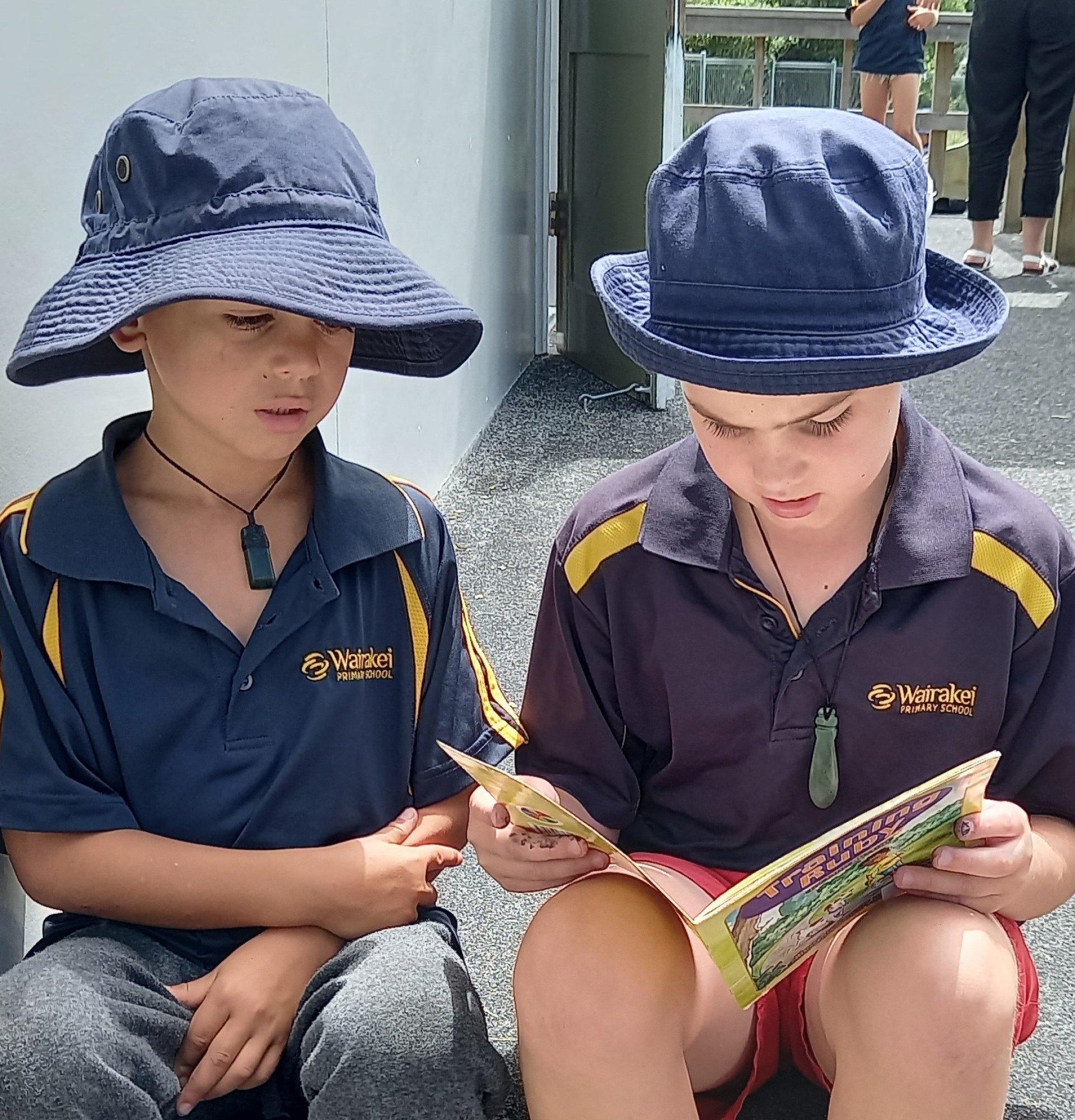
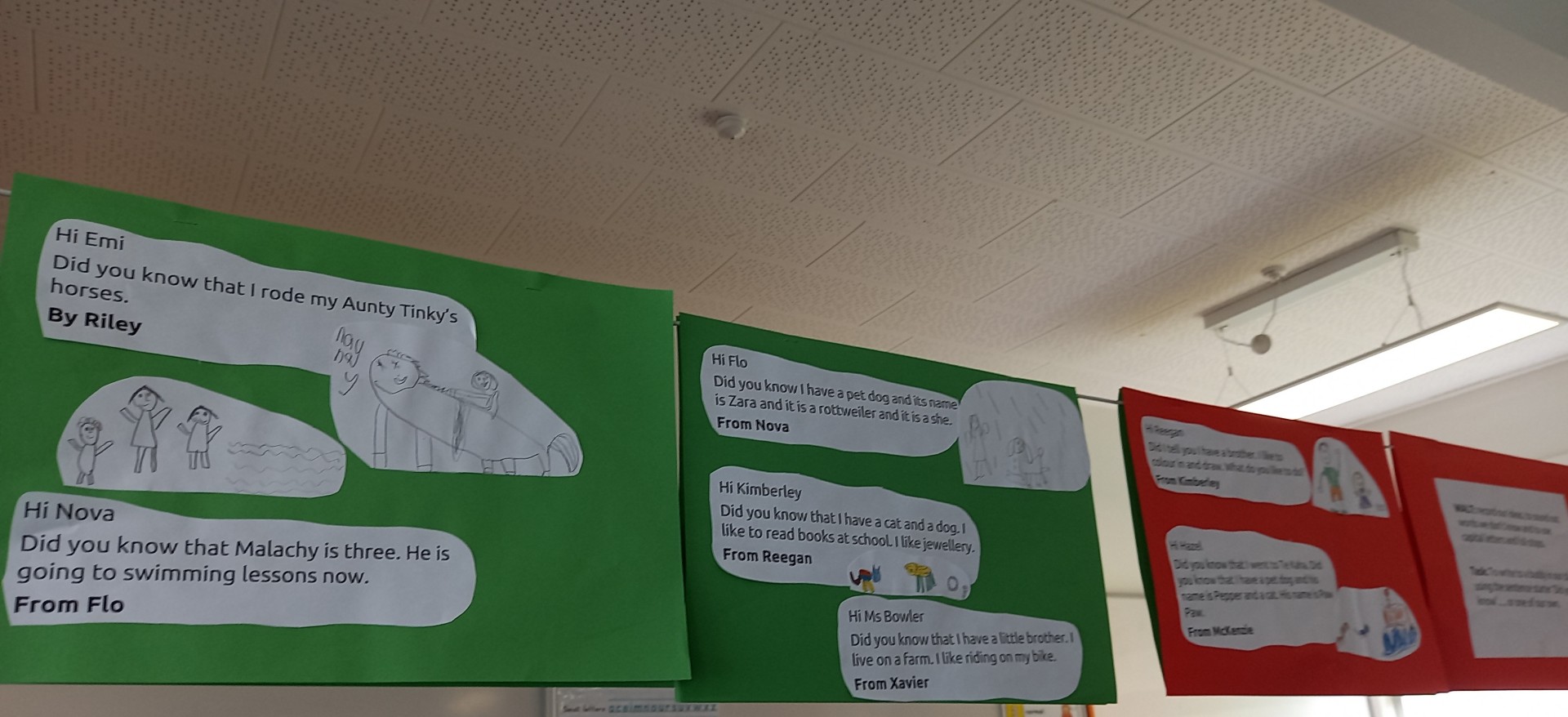
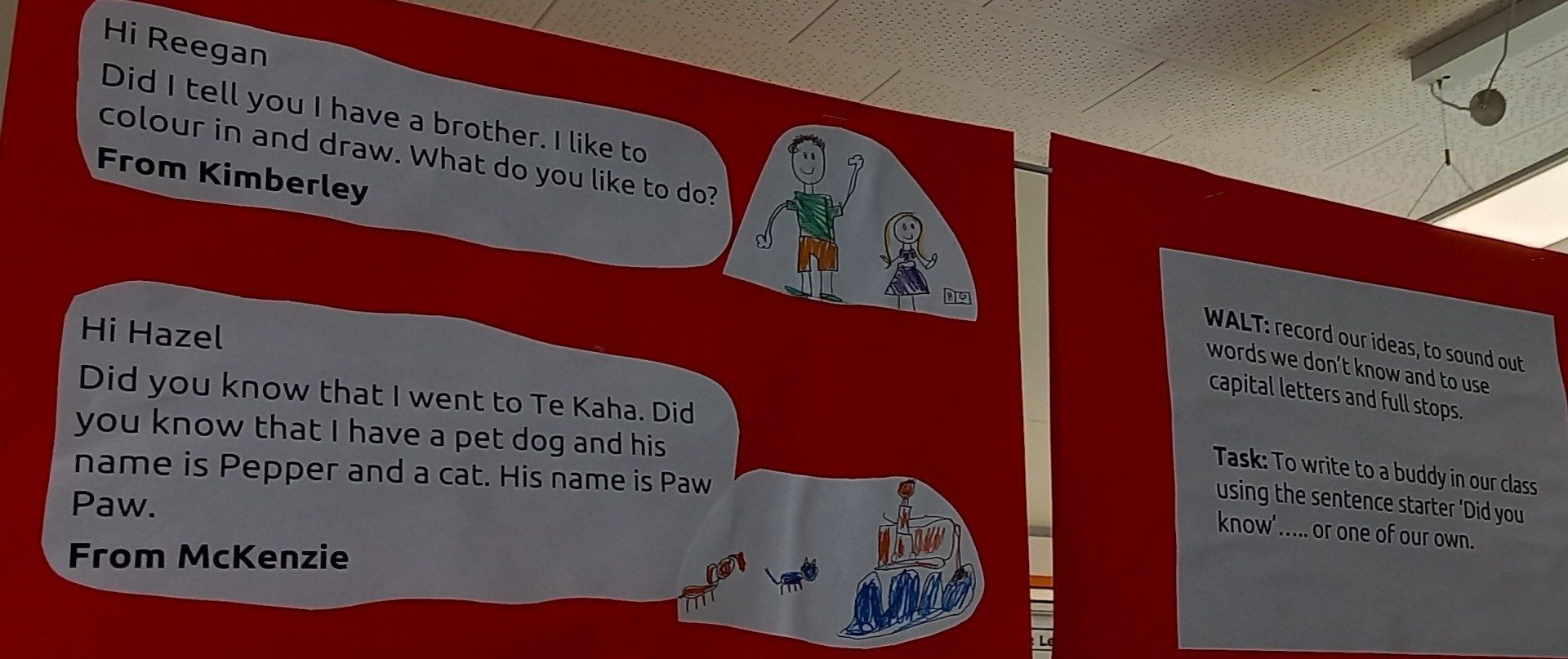
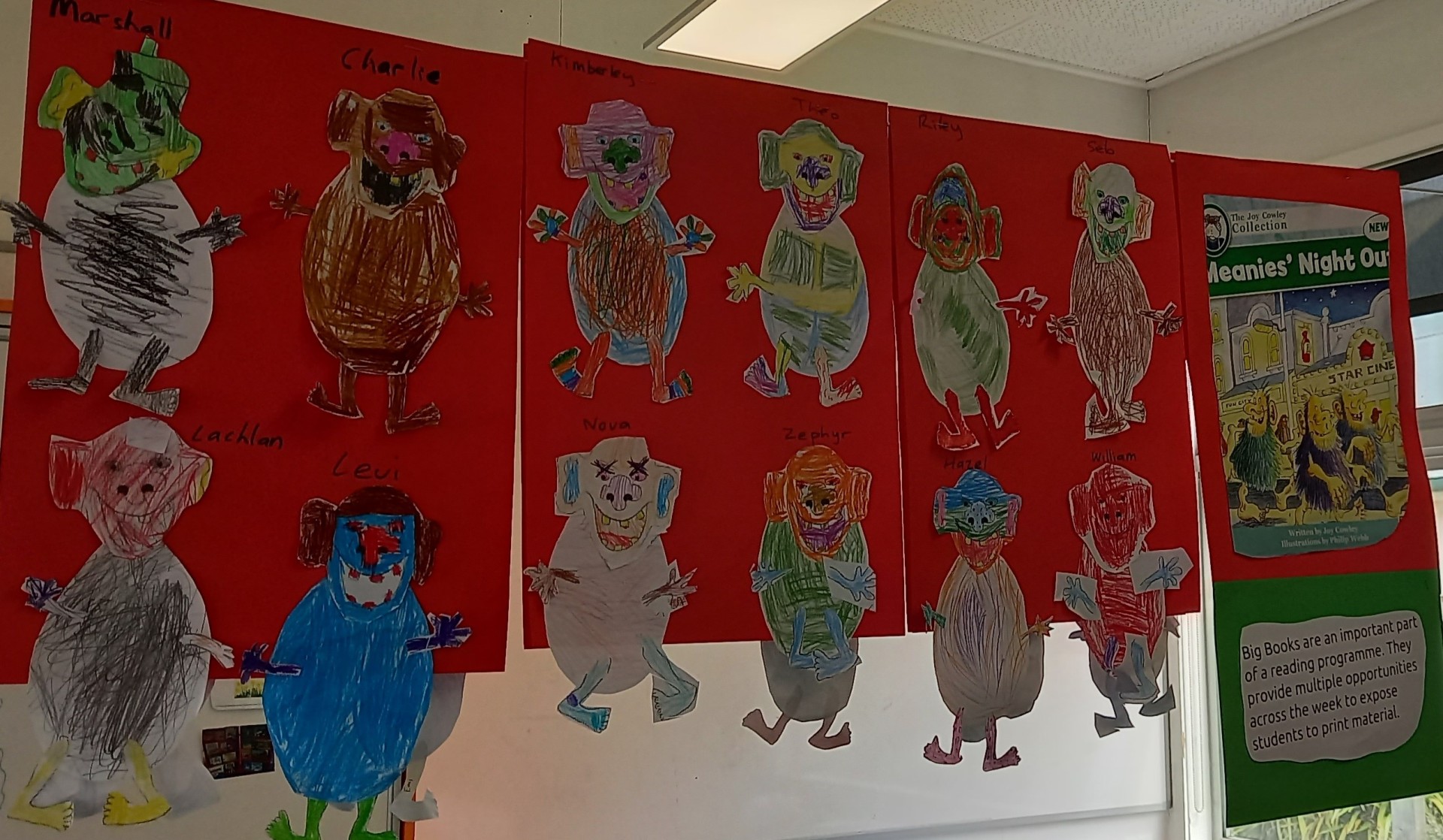
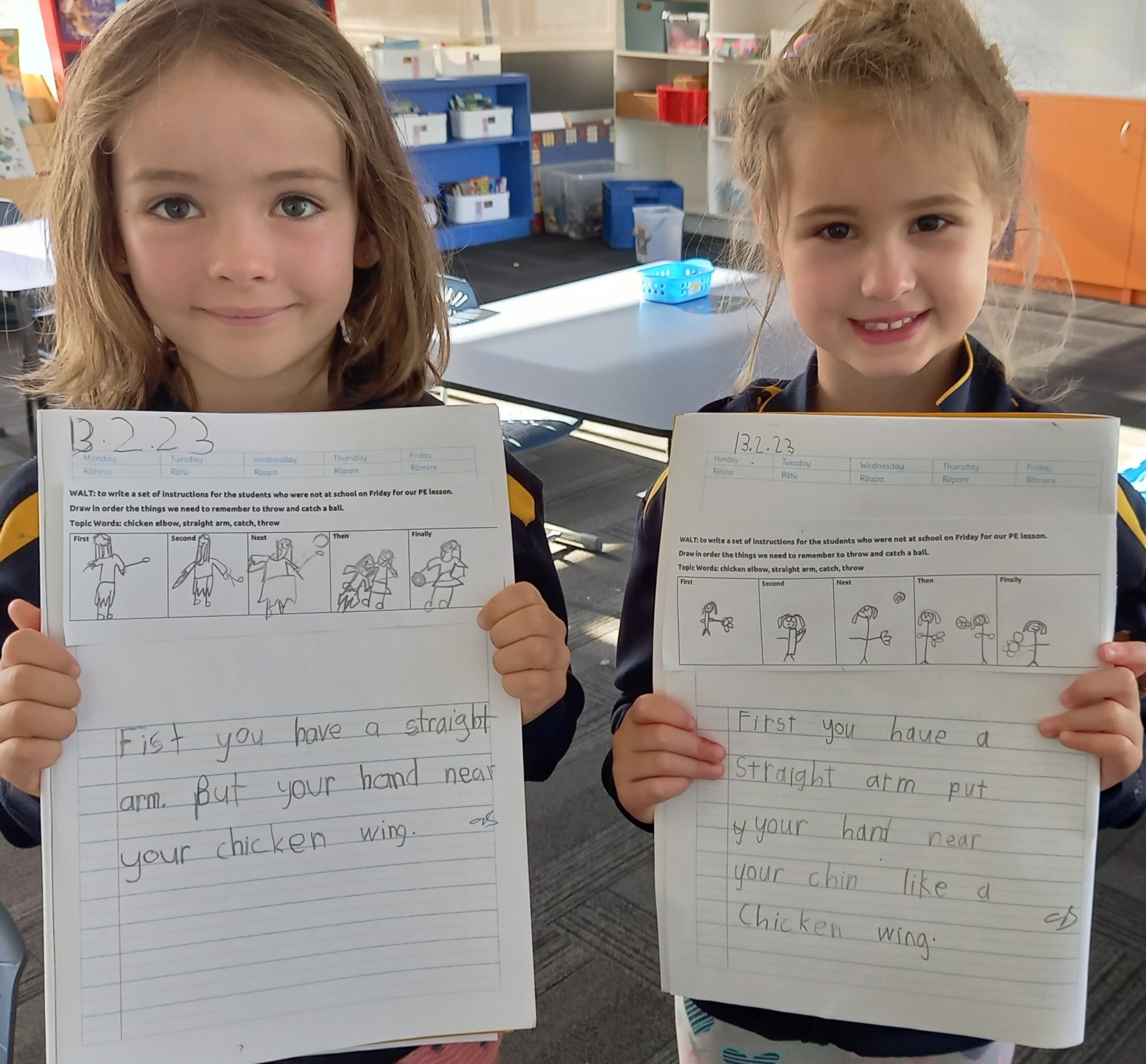
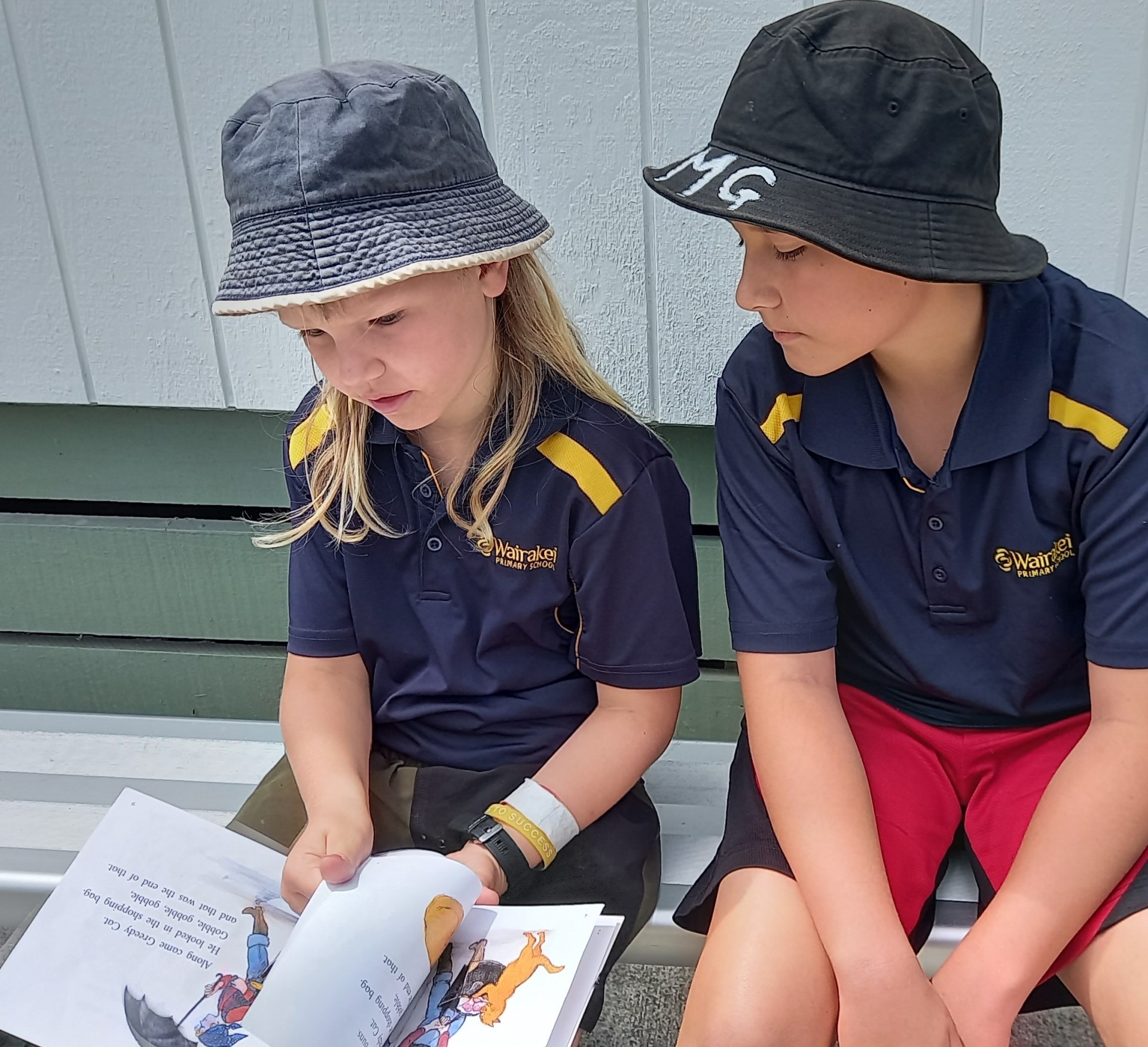
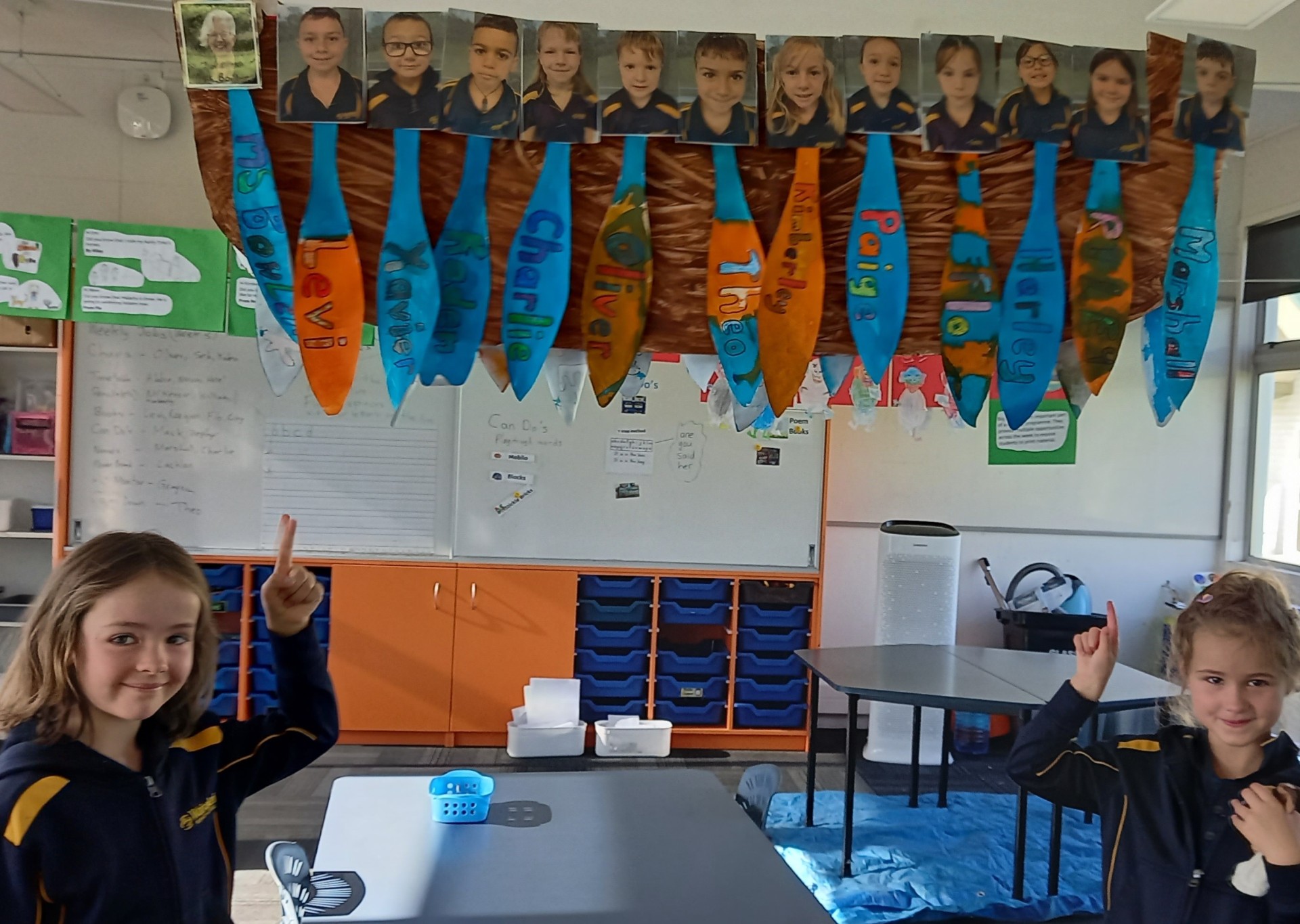
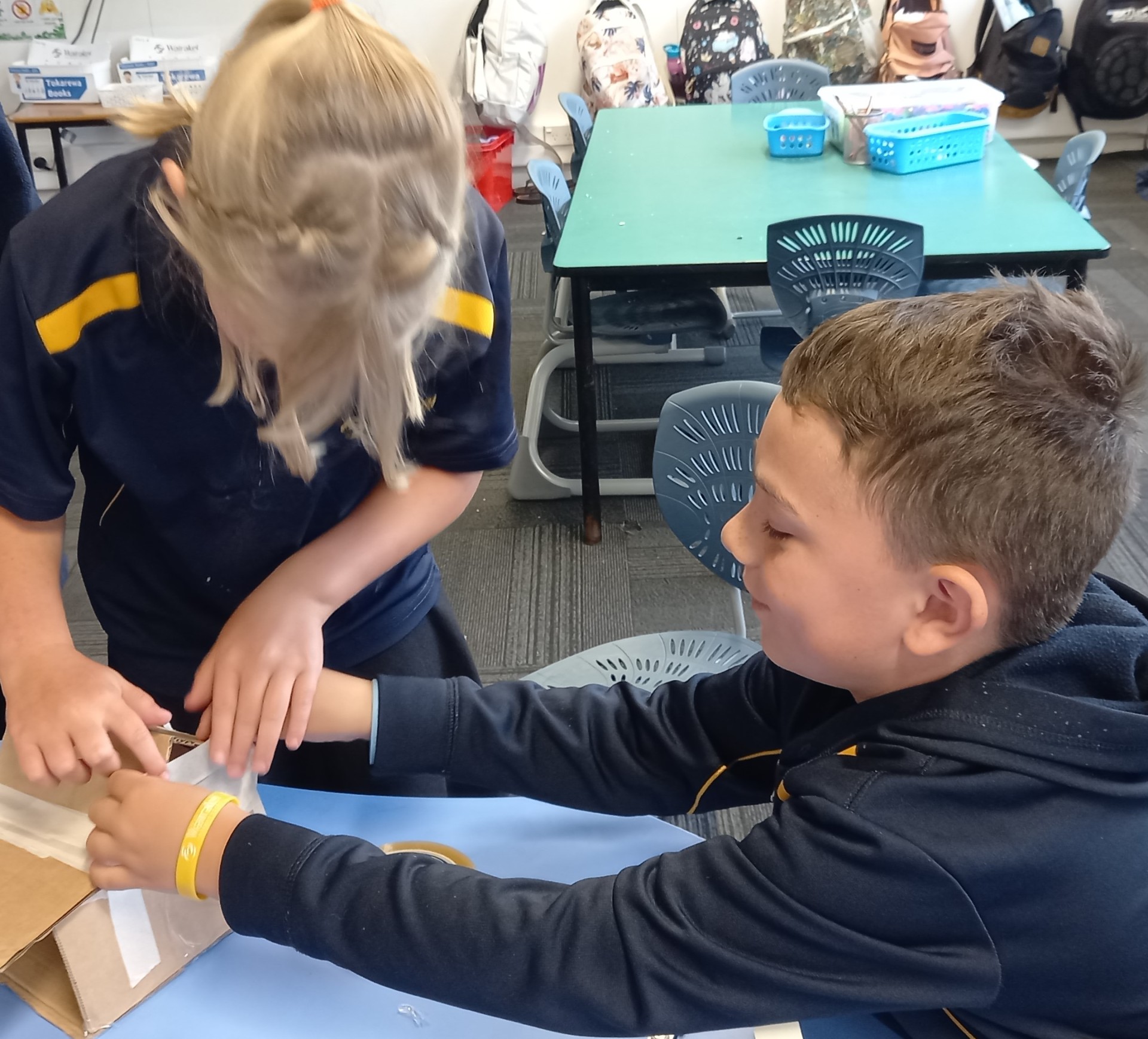
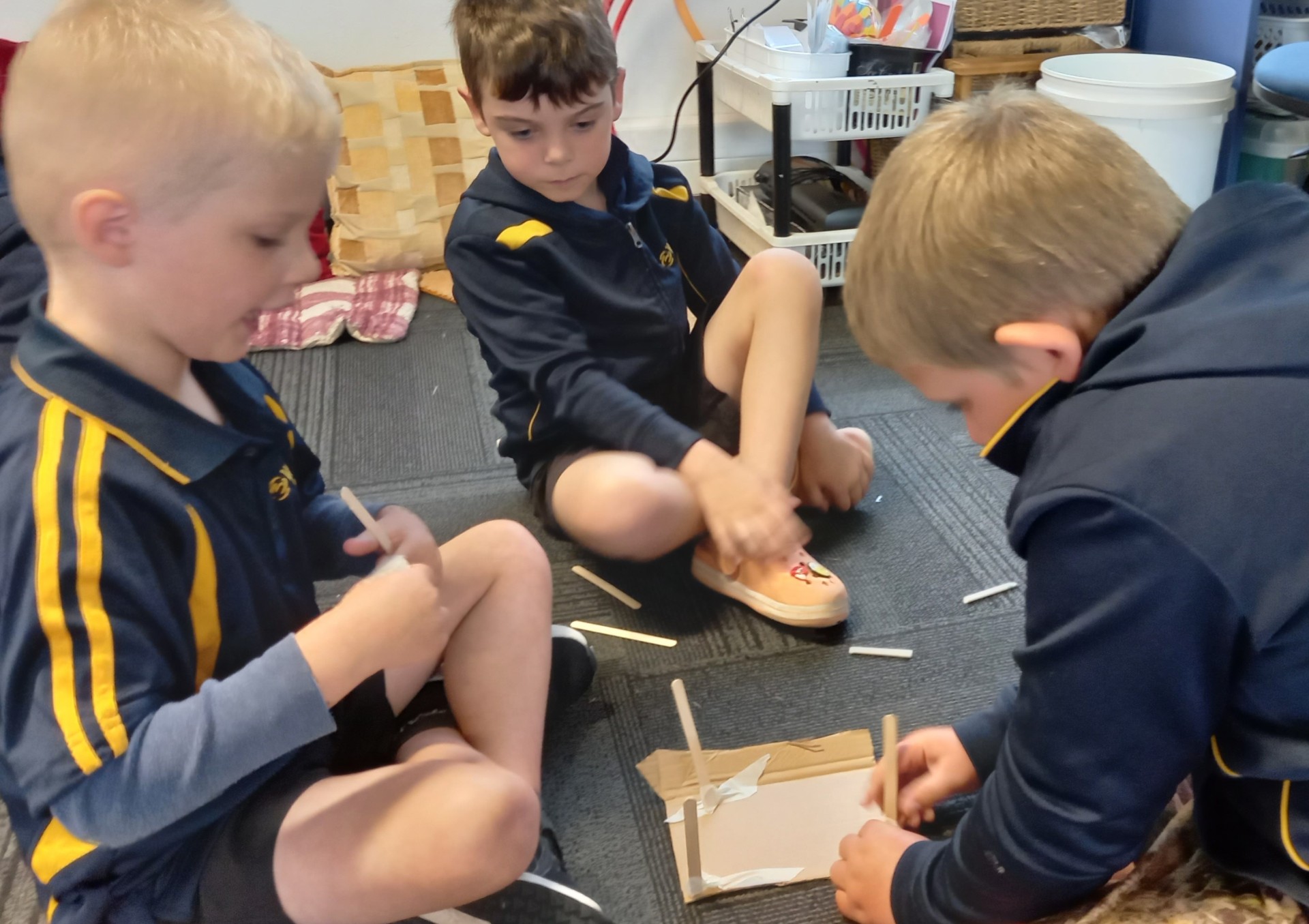
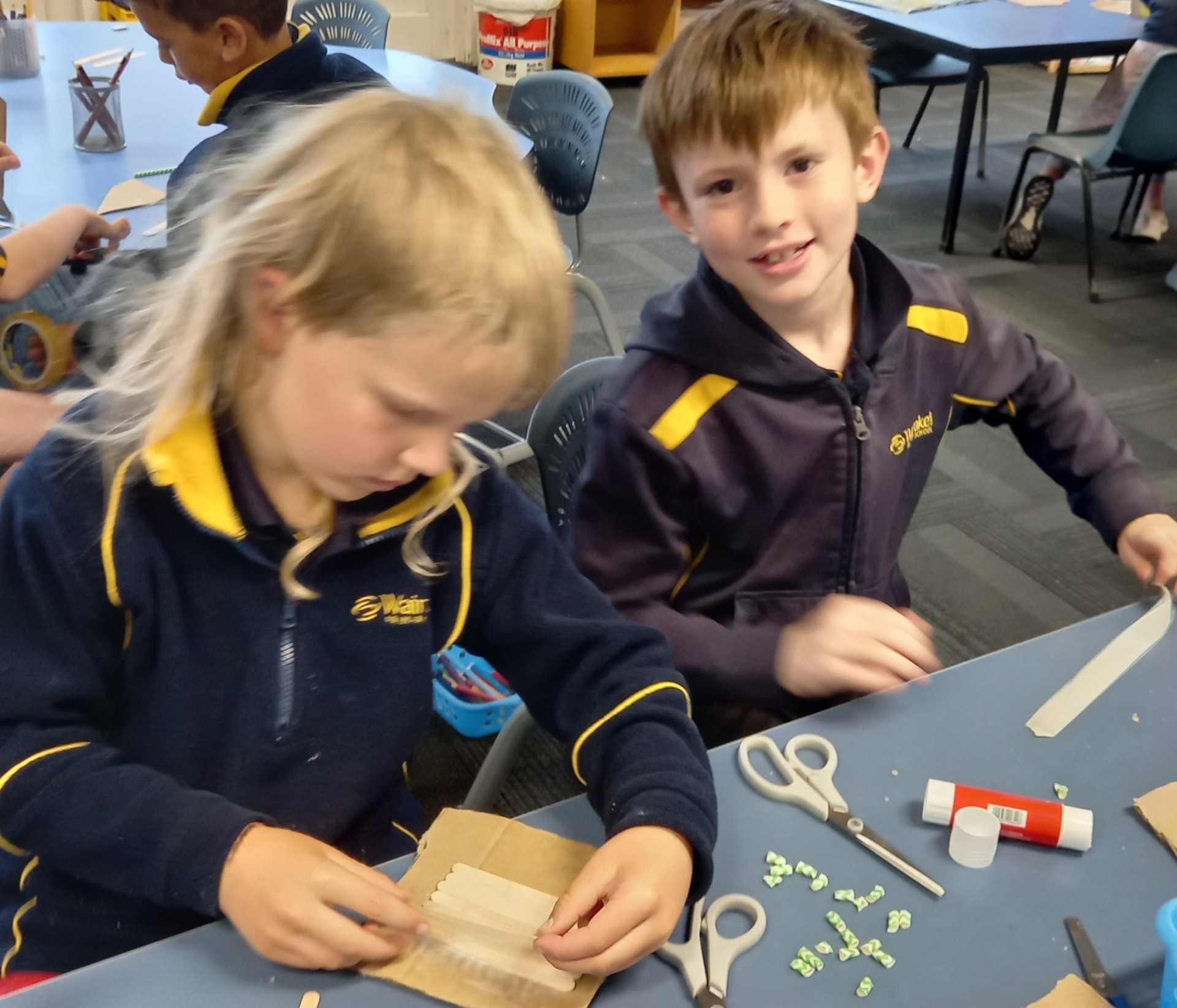
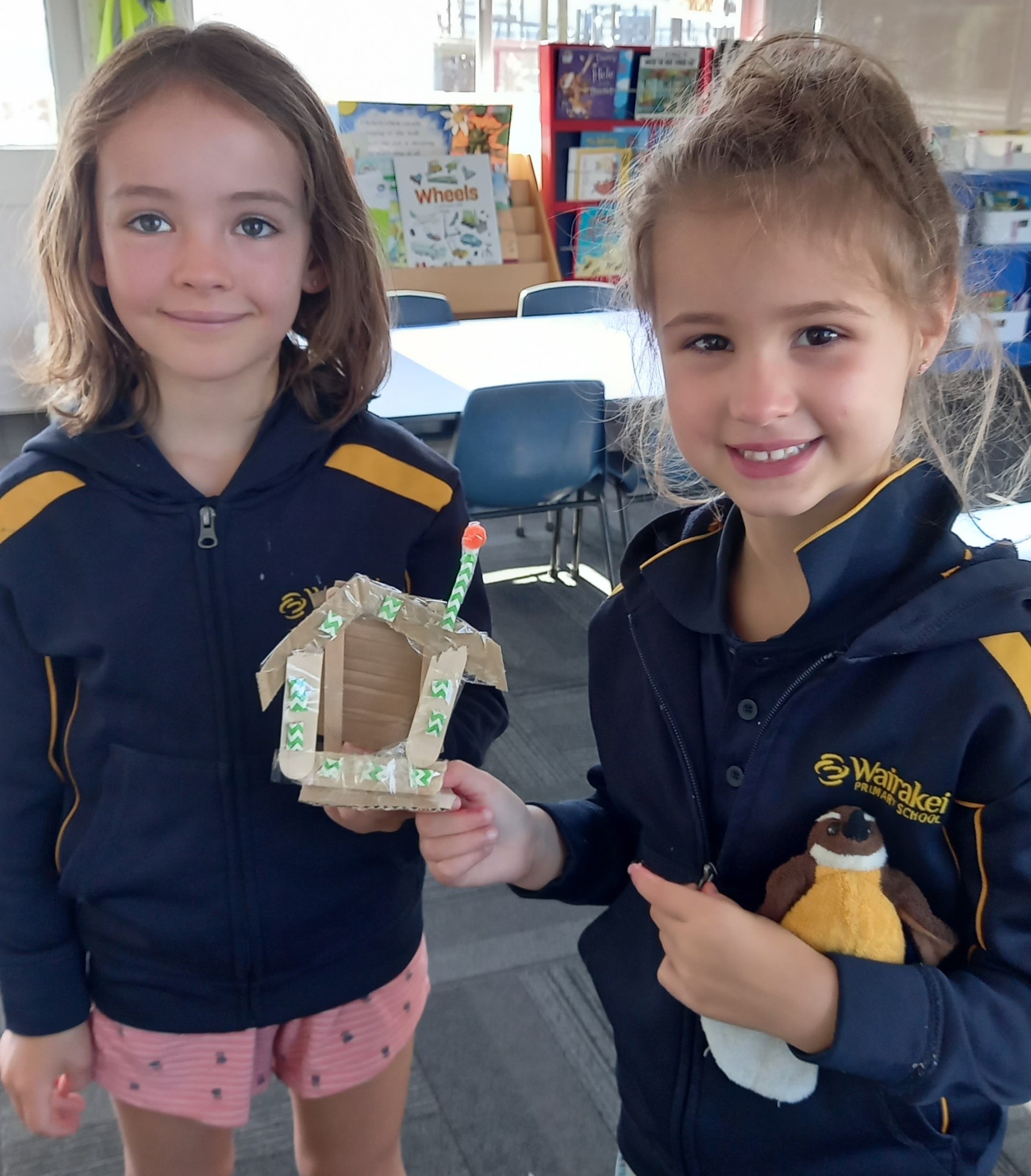
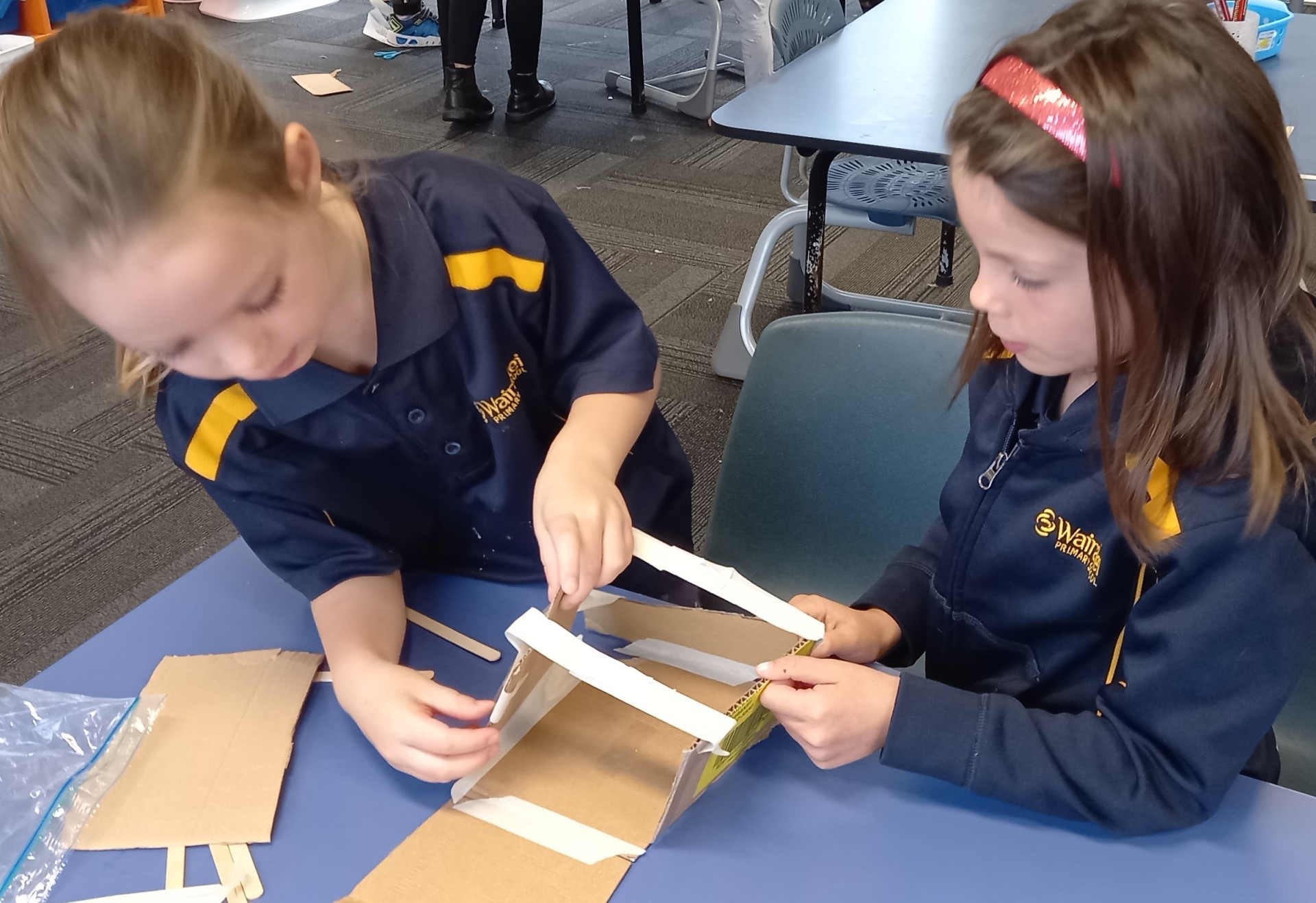
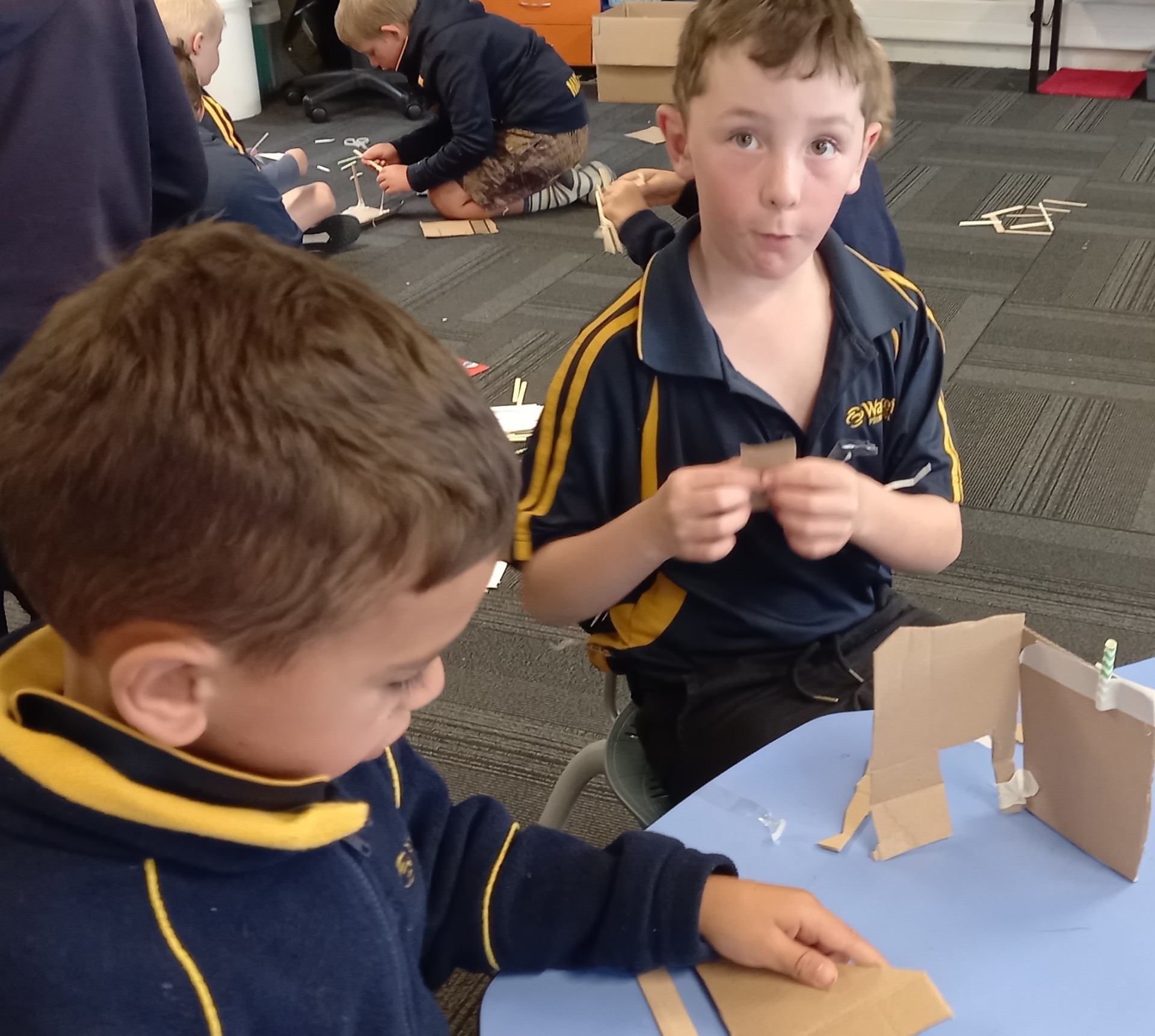

Comments are disabled for this post.